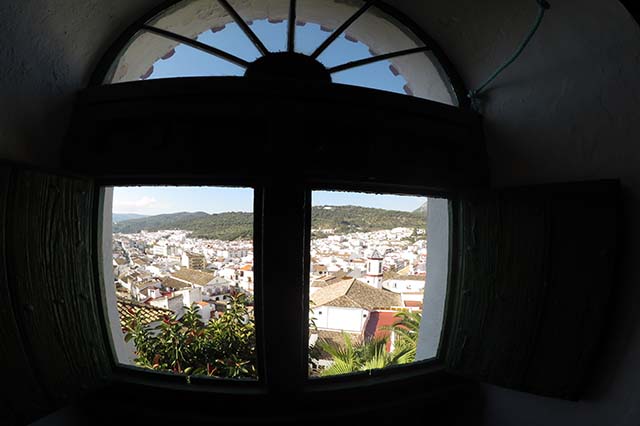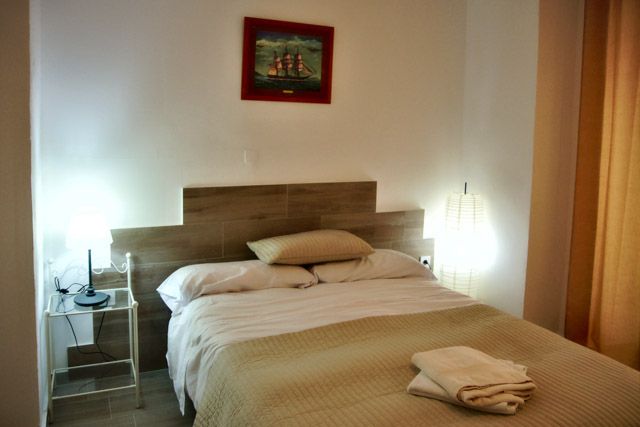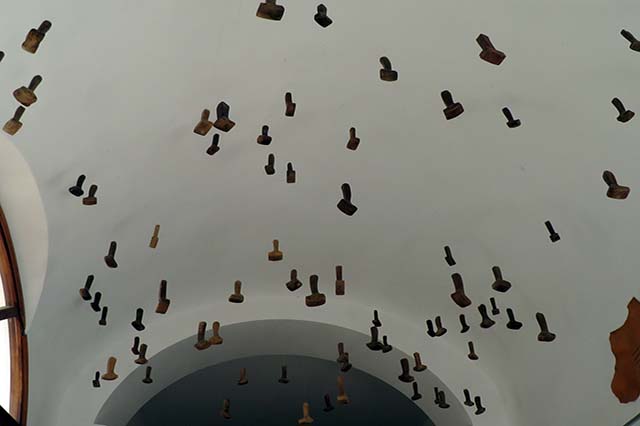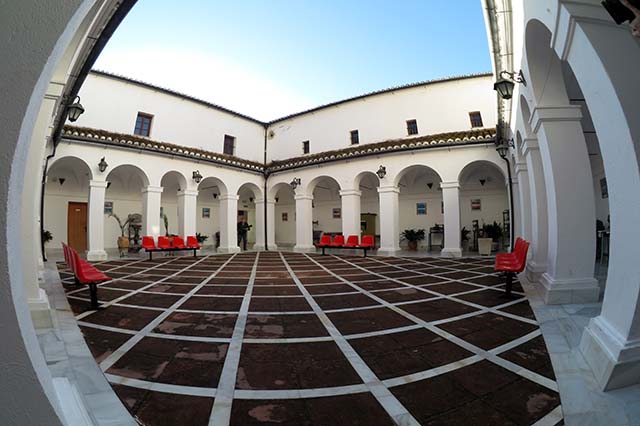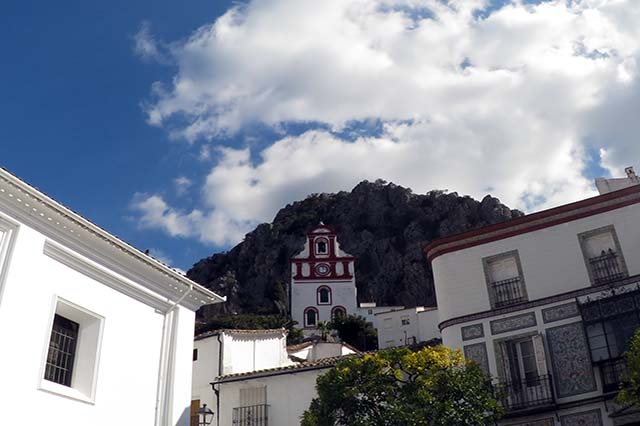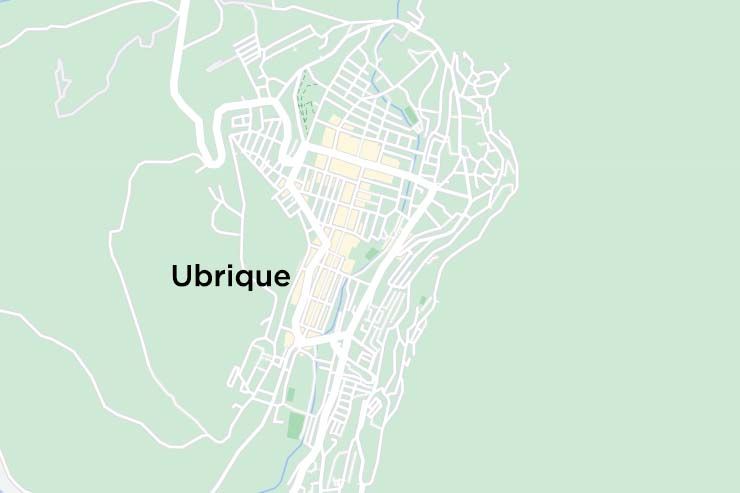
Travel guide to Ubrique
Here you have our Travel Guide to Ubrique with all the tourist information and the best travel tips. Find the best restaurants and accommodation in Ubrique. Discover its nature, activities, routes, monuments, cultural visits and much more.
Our travel guide to Ubrique
Ubrique, one of the most important villages in the Sierra de Cádiz, is known worldwide for its artisan leather industry. It is located at the convergence of the natural parks of Grazalema and Los Alcornocales, in the middle of the Route of the White Villages. Delicious cuisine, interesting routes and active tourism activities. Thanks to this Travel Guide to Ubrique you can find all the activities and the best travel tips for your trip.
Its Roman origin is attested by the ancient Roman road between Ubrique and Benaocaz and, above all, by the valuable site of Ocuri. The remains of the Cardela Fortress or Castle of Fatima (12th century) have endured from Muslim culture.
Its historical centre of medieval layout presents narrow streets, picturesque spots and beautiful squares with fountains such as the Baroque Fuente Pública and the Moorish Fuente de los Nueve Caños. It also has good examples of Baroque style, such as the churches of San Antonio, San Juan de Letrán and the Capuchin Convent.
Ubrique becomes a claim for those tourists who come to these destinations attracted to their natural and cultural environment. In addition, they can learn about the leather industry tradition that Ubrique has for centuries.
Its old town, the route of the Miradores, its delicious cuisine, trails and emblematic popular festivals (such as the Crujía de los Gamones) don’t go unnoticed by those who seek the traditional and peculiar as a base to enjoy an unrepeatable trip.
Main Activities: Nature, Crafts, Culture.
Source of content: Texts and Photos: TUDESTINO.TRAVEL
Our travel guide to Ubrique
Ubrique, one of the most important villages in the Sierra de Cádiz, is known worldwide for its artisan leather industry. It is located at the convergence of the natural parks of Grazalema and Los Alcornocales, in the middle of the Route of the White Villages. Delicious cuisine, interesting routes and active tourism activities. Thanks to this Travel Guide to Ubrique you can find all the activities and the best travel tips for your trip.
Its Roman origin is attested by the ancient Roman road between Ubrique and Benaocaz and, above all, by the valuable site of Ocuri. The remains of the Cardela Fortress or Castle of Fatima (12th century) have endured from Muslim culture.
Its historical centre of medieval layout presents narrow streets, picturesque spots and beautiful squares with fountains such as the Baroque Fuente Pública and the Moorish Fuente de los Nueve Caños. It also has good examples of Baroque style, such as the churches of San Antonio, San Juan de Letrán and the Capuchin Convent.
Ubrique becomes a claim for those tourists who come to these destinations attracted to their natural and cultural environment. In addition, they can learn about the leather industry tradition that Ubrique has for centuries.
Its old town, the route of the Miradores, its delicious cuisine, trails and emblematic popular festivals (such as the Crujía de los Gamones) don’t go unnoticed by those who seek the traditional and peculiar as a base to enjoy an unrepeatable trip.
Main Activities: Nature, Crafts, Culture.
Source of content: Texts and Photos: TUDESTINO.TRAVEL
Find everything you can do in Ubrique
The best Food in Ubrique
Food in Ubrique, Cadiz. Find the best places where to eat in Ubrique, Spain: Restaurants, bars, ventas, mesones and traditional places to have lunch or dinner in Ubrique. Tapas in Ubrique. Quality recommendations, with good service and good food.
The best Accommodation in Ubrique
Accommodation in Ubrique, Cadiz. Information about Hotels, Hostels, Houses, Apartments, Camping, Rural Houses, cheap accommodation, etc. Where to stay in Ubrique, Spain.
The best Things to do in Ubrique
All the information you need on what to do in Ubrique and the outskirts. Find out with TUDESTINO all the activities you can do in Ubrique and the places to visit with our best recommendations. The only specialised website in the Province of Cádiz.
What to See in Ubrique
Find out what to see in Ubrique and the outskirts. All the information on the best places to see in Ubrique and the most popular places to visit with the best recommendations. The only specialised website in the Province of Cádiz.
The best Active Tourism activities in Ubrique
Discover our Active Tourism Guide in Ubrique. Discover the great variety of adventure sports, activities, courses, routes (and much more!) that you can do in Villamartín.
TUDESTINO NEWSLETTER
Receive our latest news and articles directly by Mail
Cookies Policy Settings Accept all




